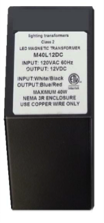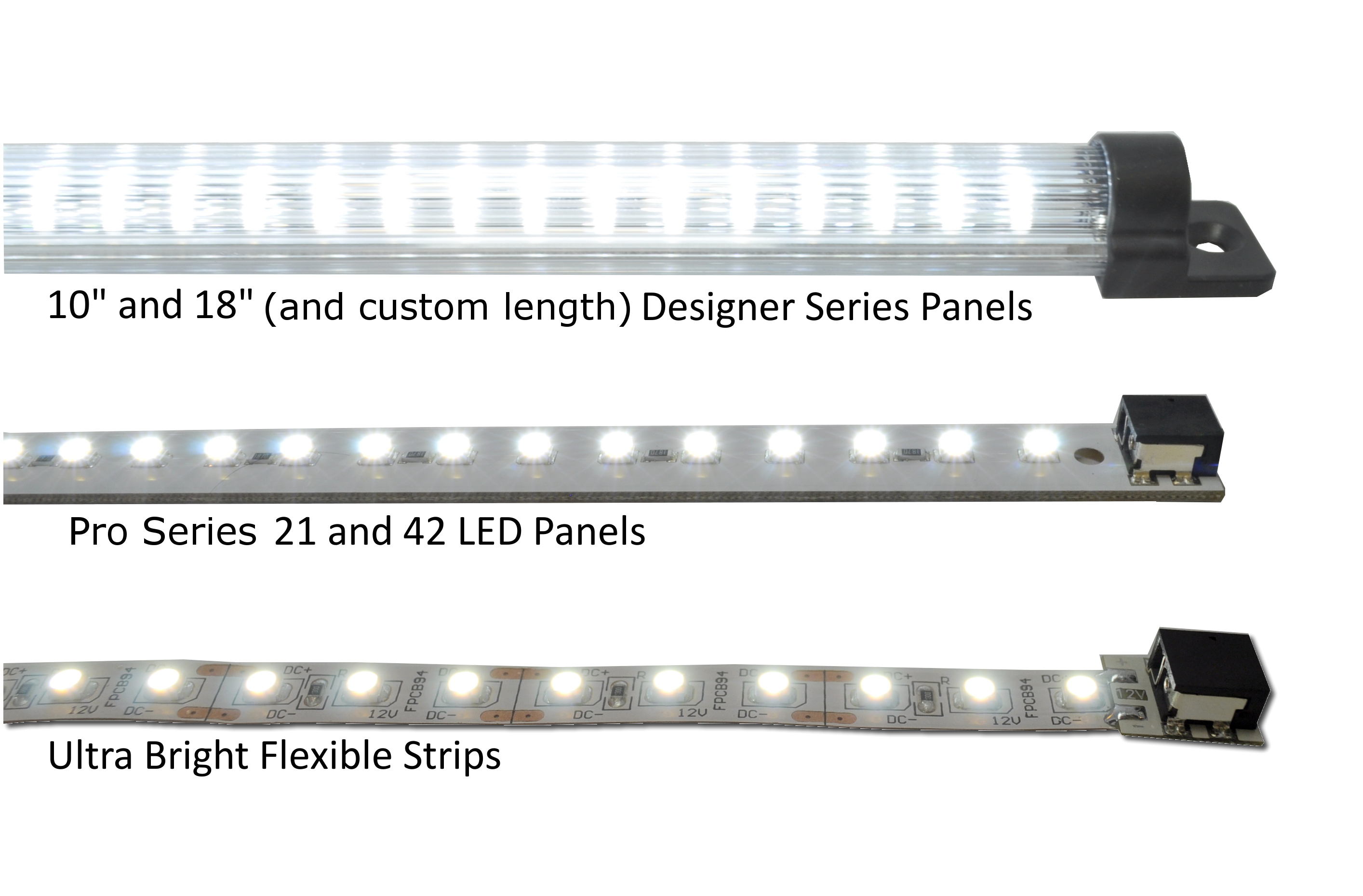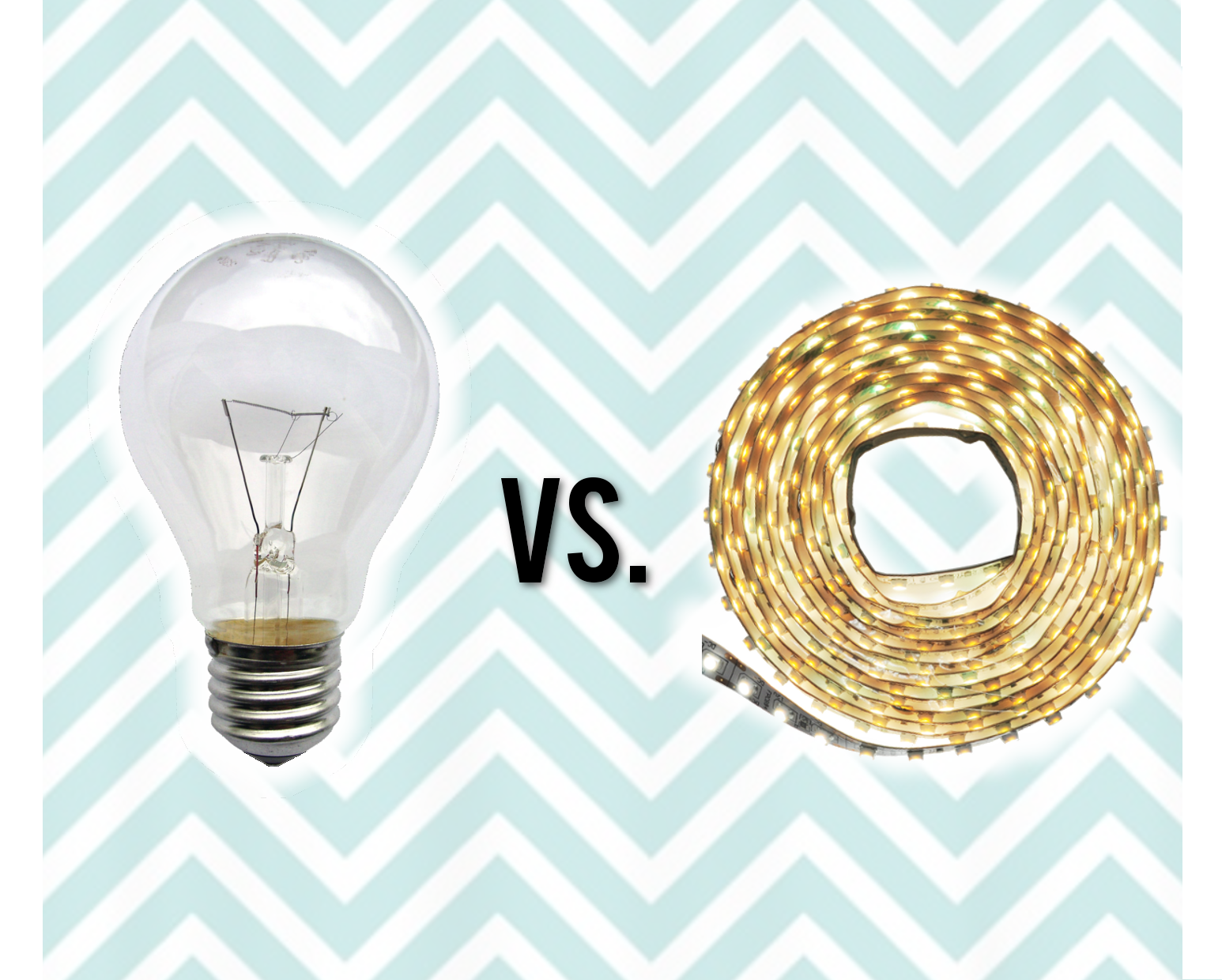We want to help streamline your online ordering process as much as possible, and one of the easiest ways to accomplish this is through the sharing of complete information. Today I will discuss the importance of specifying if you need your lighting to be Alternating Current or Direct Current for our outdoor lighting; more commonly known as AC or DC. So the million-dollar question we ask you is: Which type of current do you have, AC or DC? The answer can be found in a couple different ways: 1. LED’s inherently take current in only one direction which is why all…
AC or DC? That is the question



